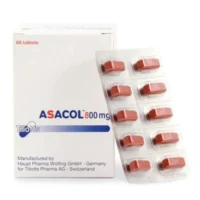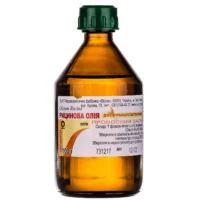Description
Chamomile Flowers Sachets 1.5 g. №20
Ingredients:
- Each sachet contains 1.5 g of Chamomile flowers.
Dosage:
- For adults: Infuse one sachet in a cup of hot water for 5-10 minutes. Drink up to 3 times a day.
- For children: Consult a healthcare professional.
Indications:
Chamomile flowers sachets are traditionally used for their calming properties, promoting relaxation and aiding in digestion.
Contraindications:
- Avoid use if allergic to plants in the Asteraceae family.
- Consult a healthcare provider before use if pregnant, nursing, or taking other medications.
Directions:
Pour boiling water over the sachet and steep covered for 5-10 minutes. Remove the sachet and enjoy the soothing chamomile tea.
Scientific Evidence:
Chamomile has been studied for its potential health benefits, including its anti-inflammatory and antioxidant properties. Research suggests that chamomile may have anxiolytic effects, helping to reduce symptoms of anxiety and depression.
Additional Information:
Chamomile flowers have a long history of use in traditional medicine for various ailments. Studies have shown that chamomile may also have mild sedative effects, making it a popular choice for promoting relaxation and improving sleep quality.
Overall, Chamomile flowers sachets offer a natural and gentle way to support relaxation and well-being. Incorporating this herbal remedy into your daily routine may provide a soothing and calming effect, contributing to overall health and wellness.





